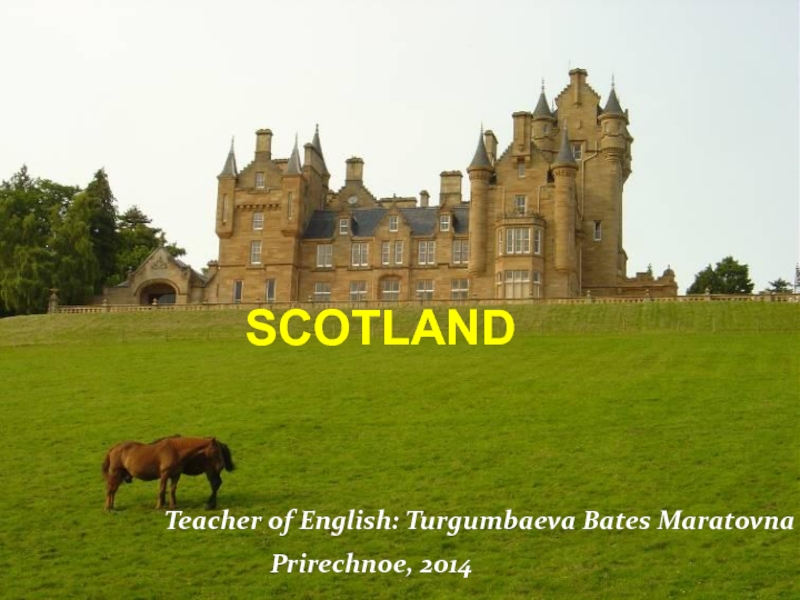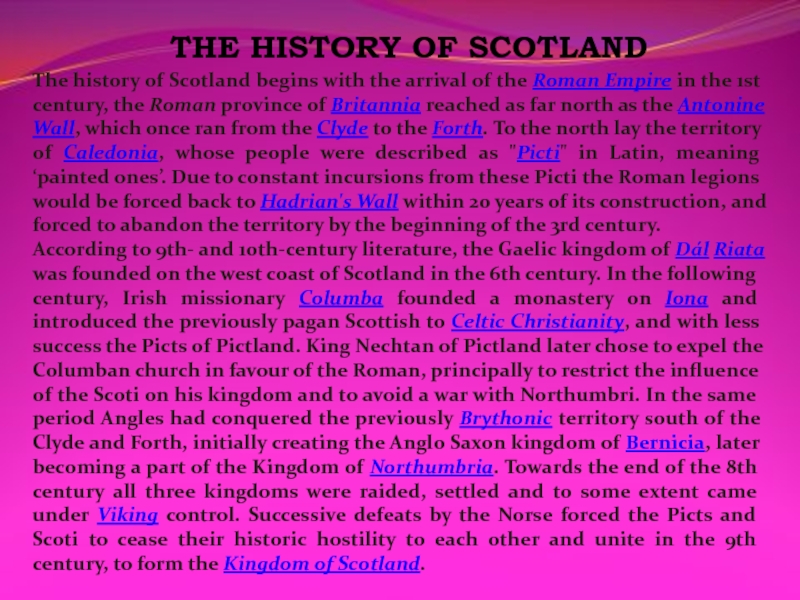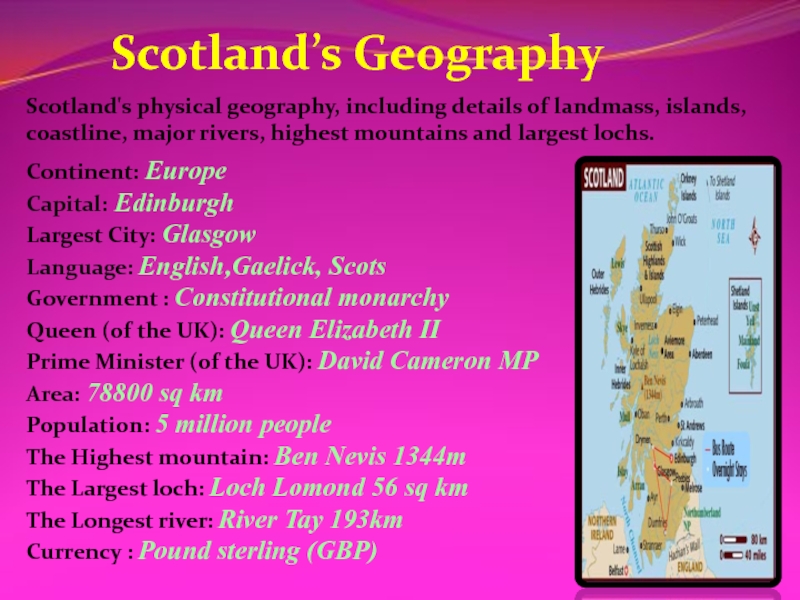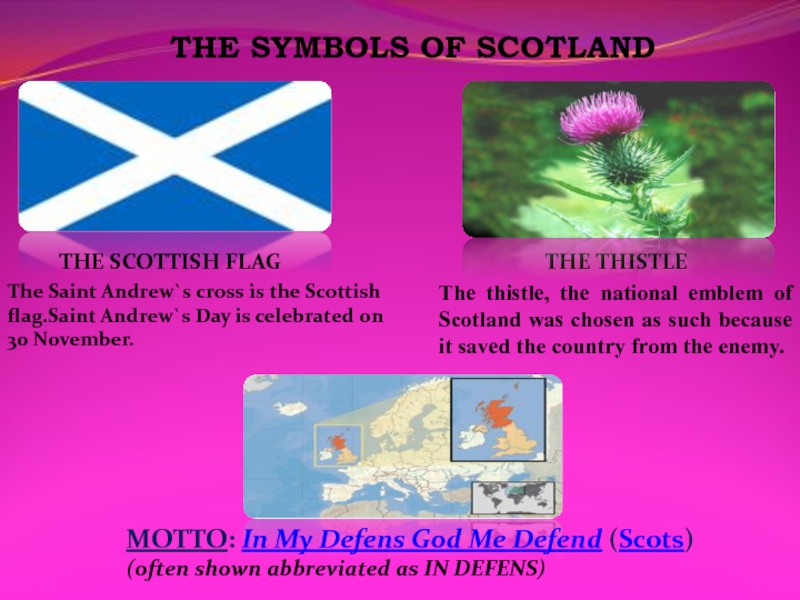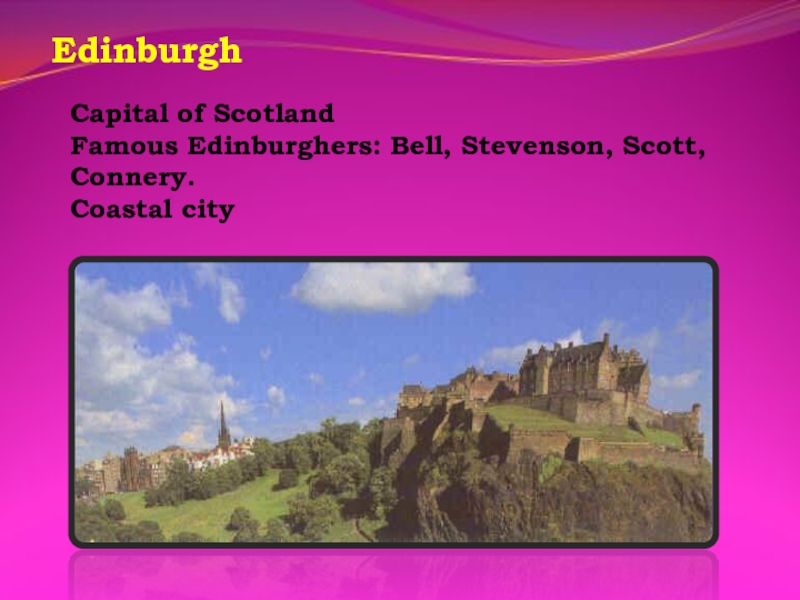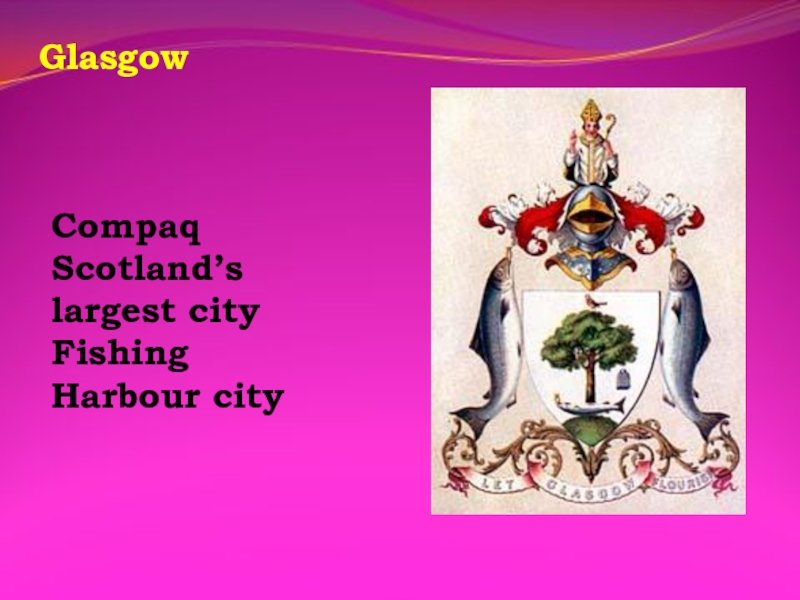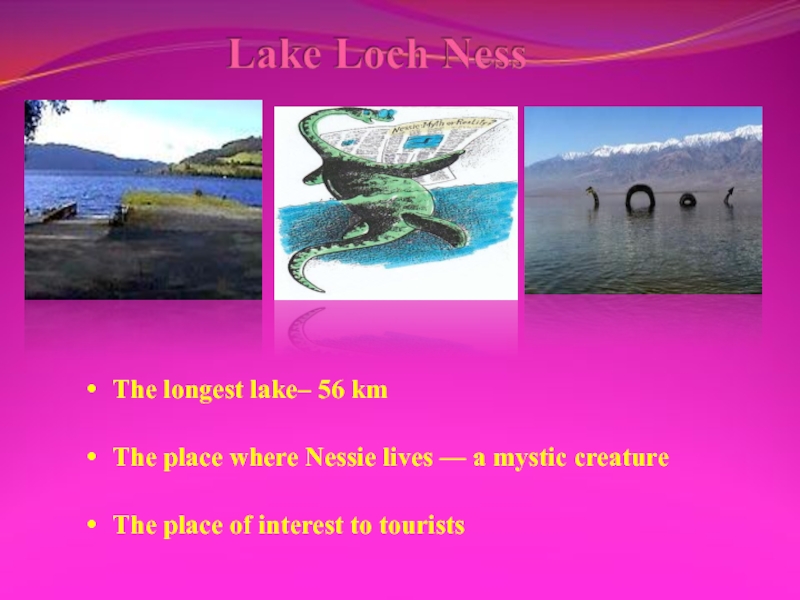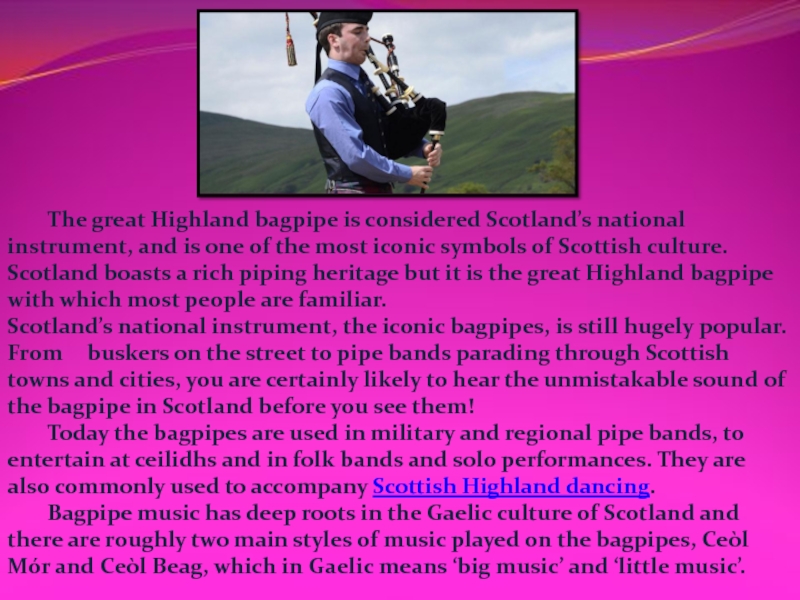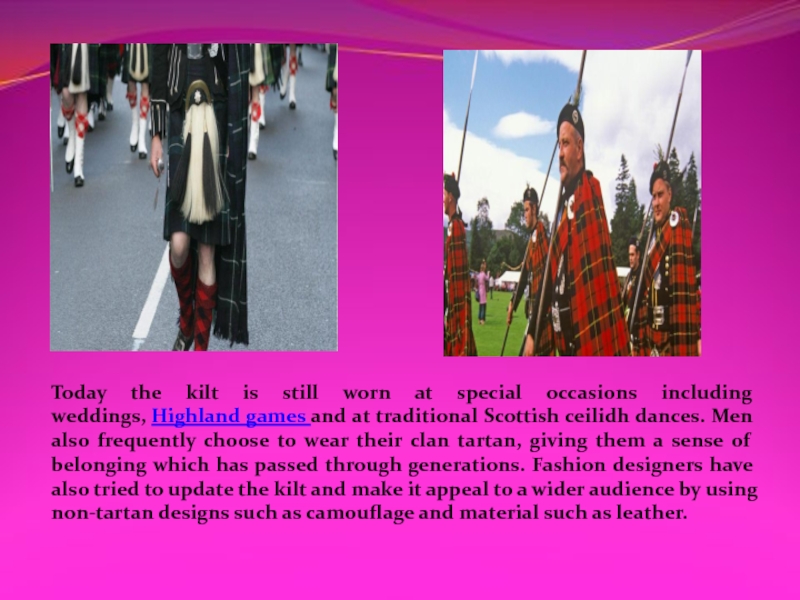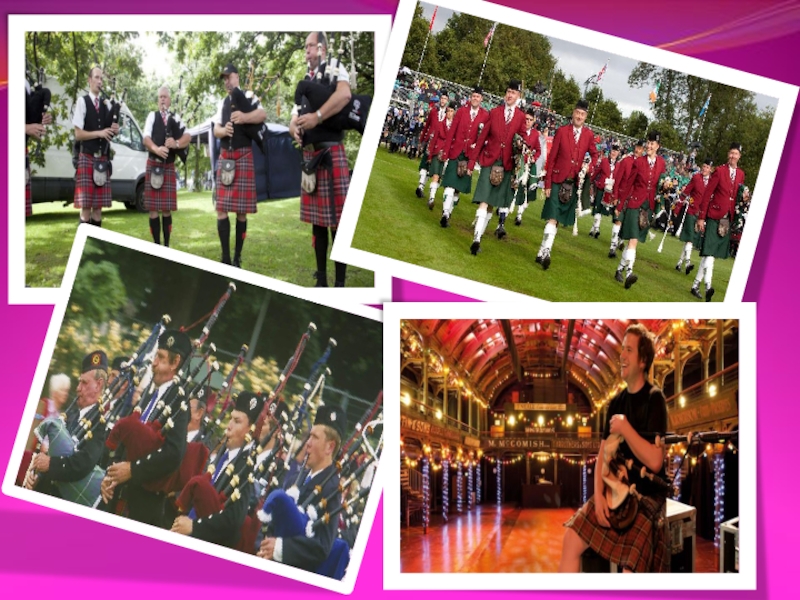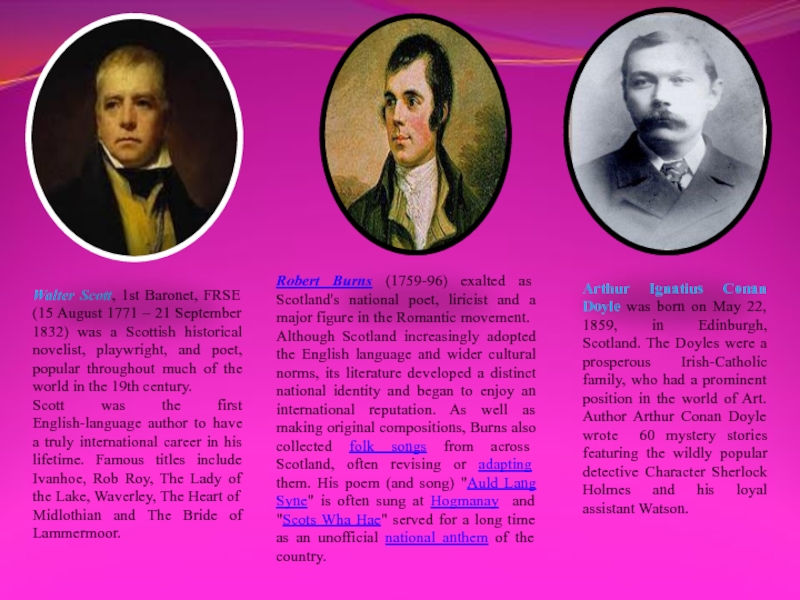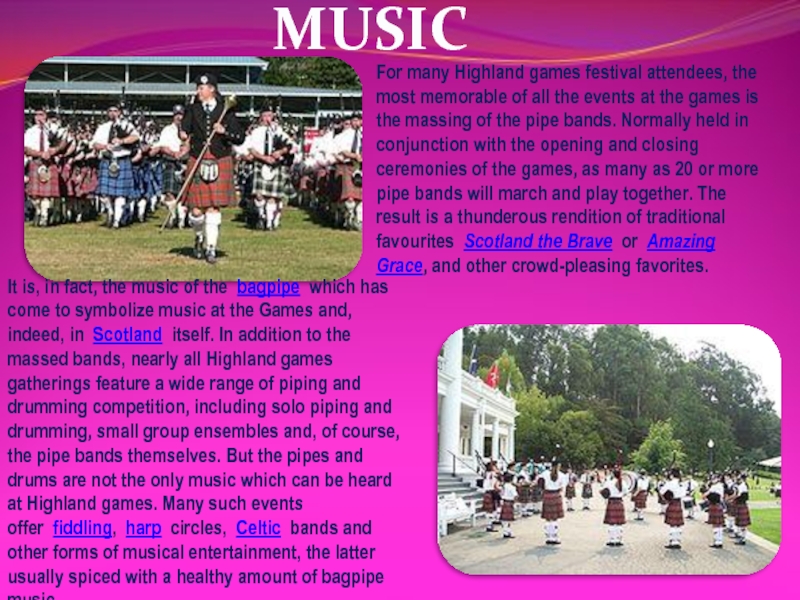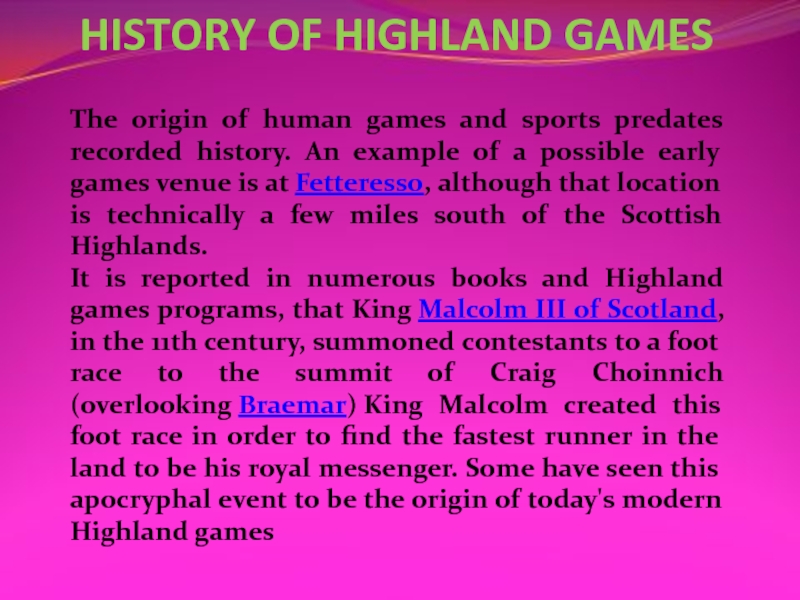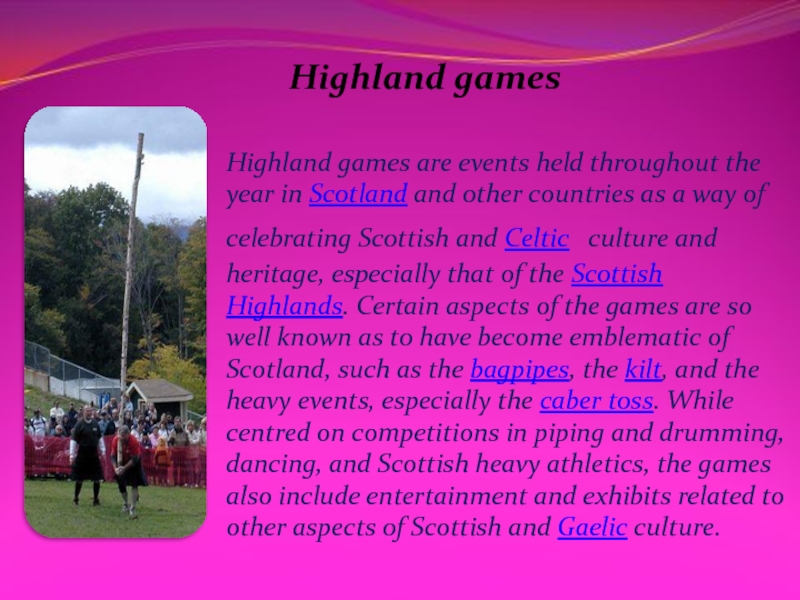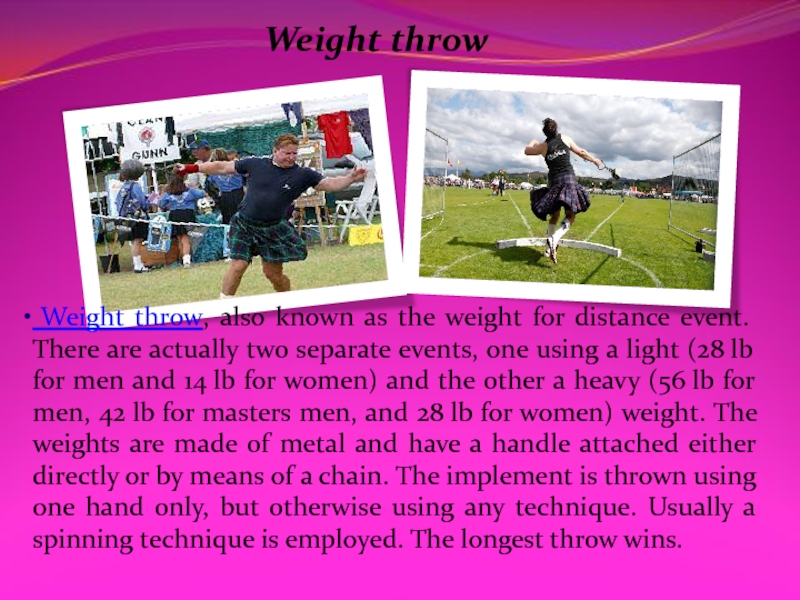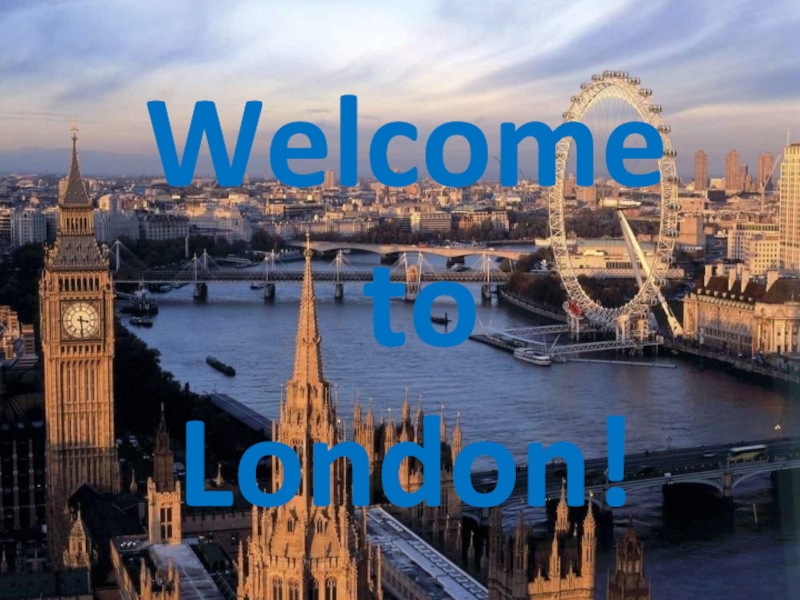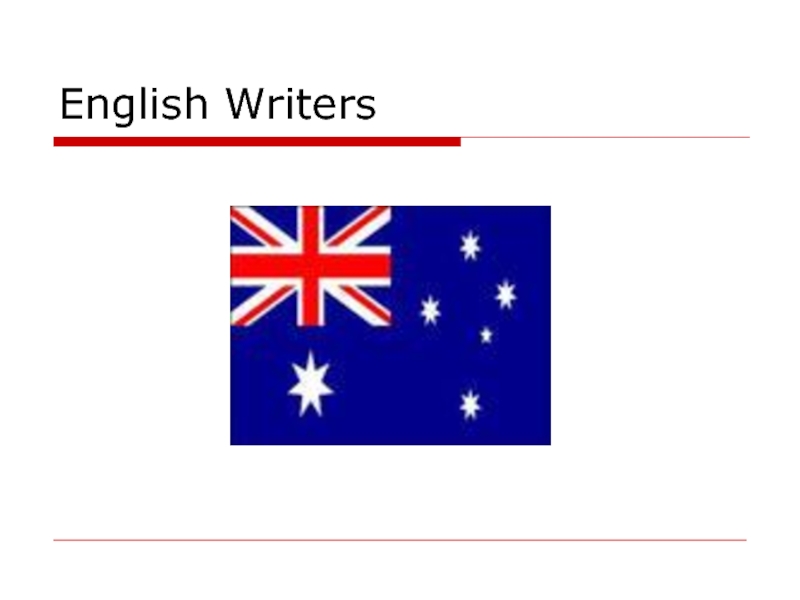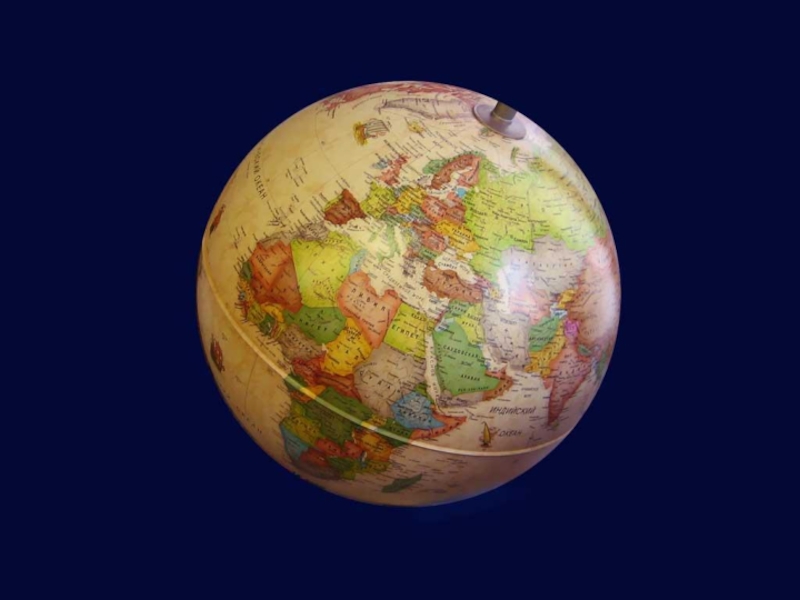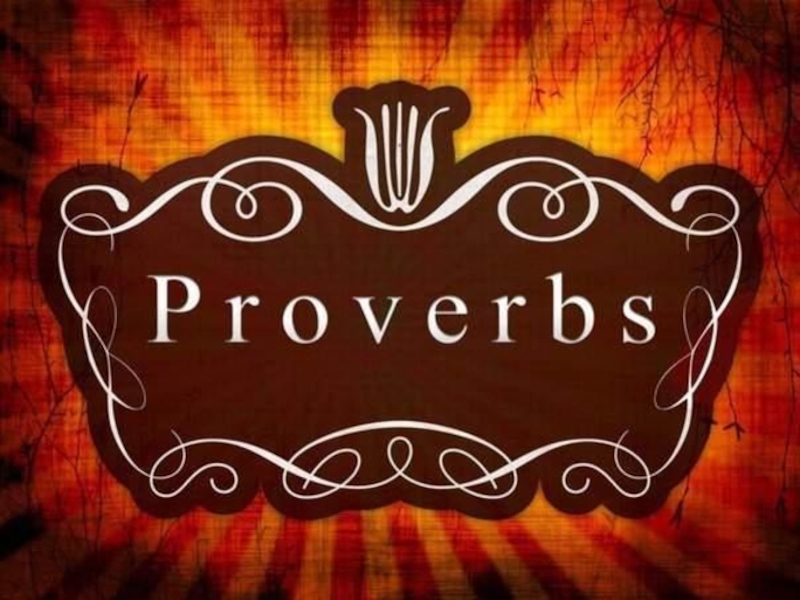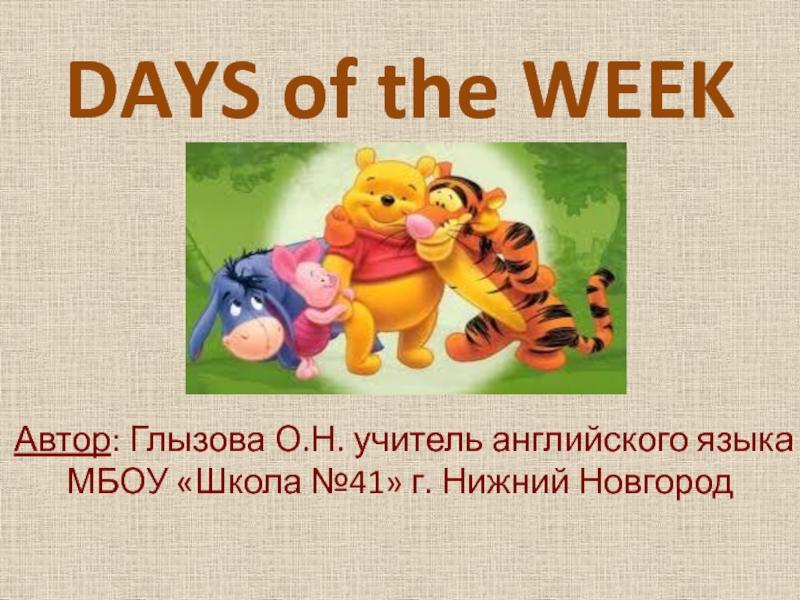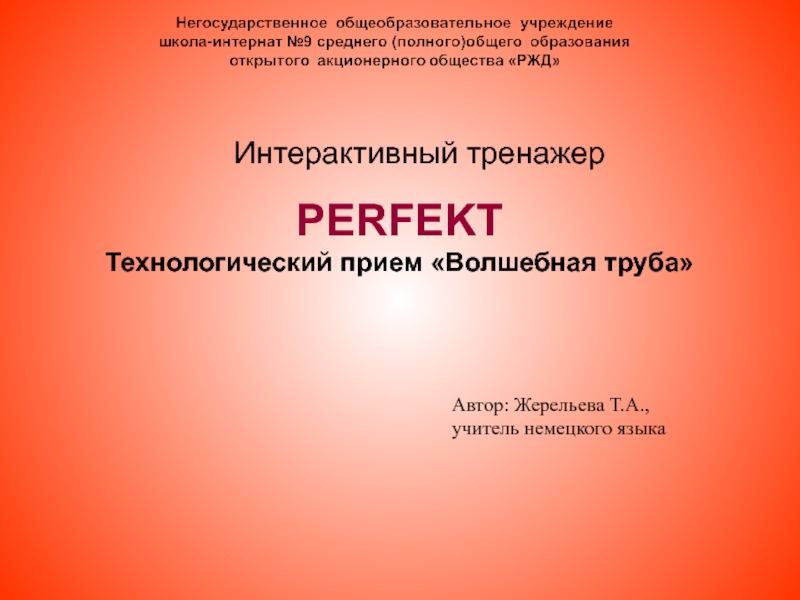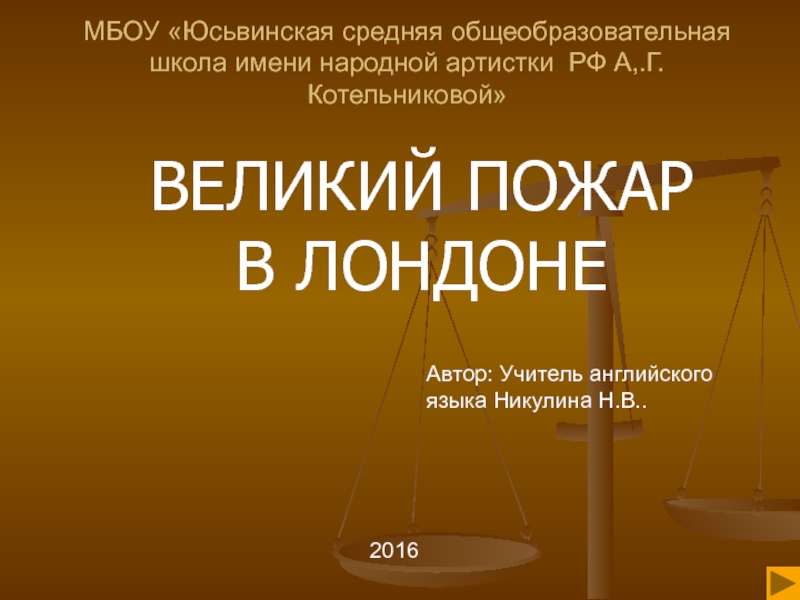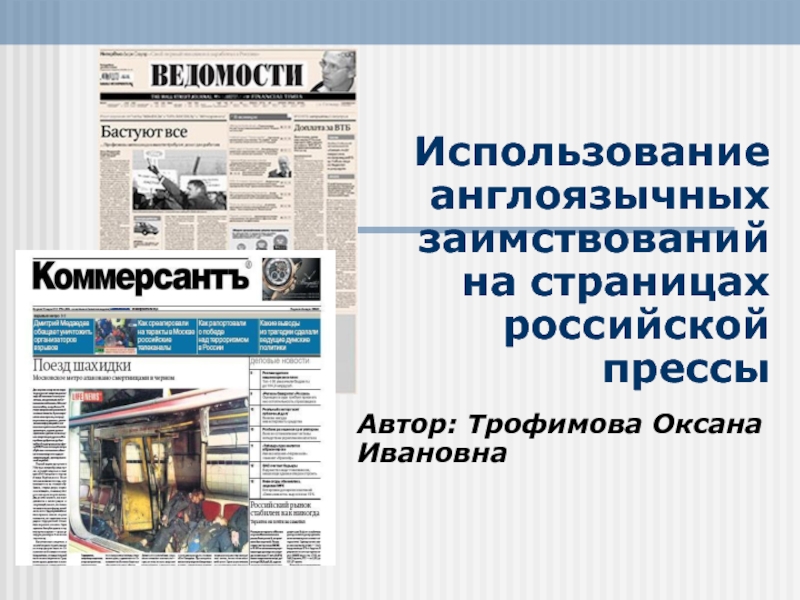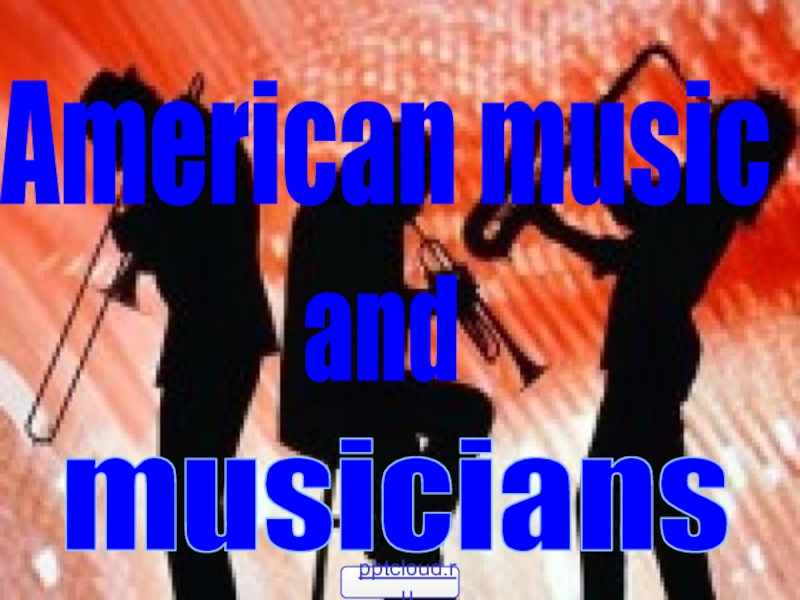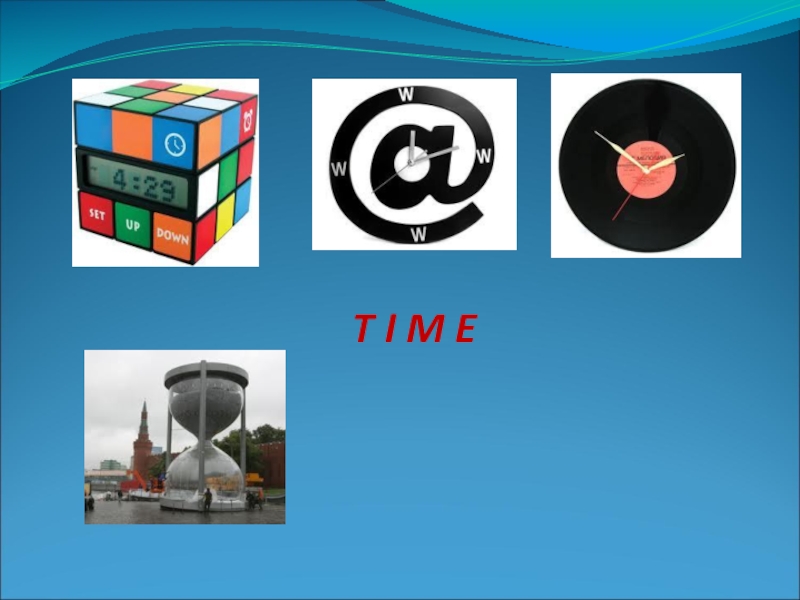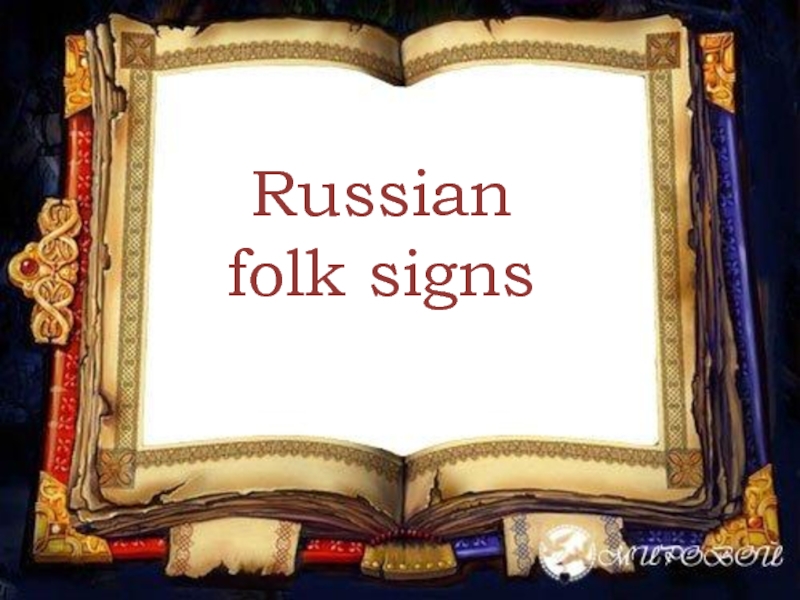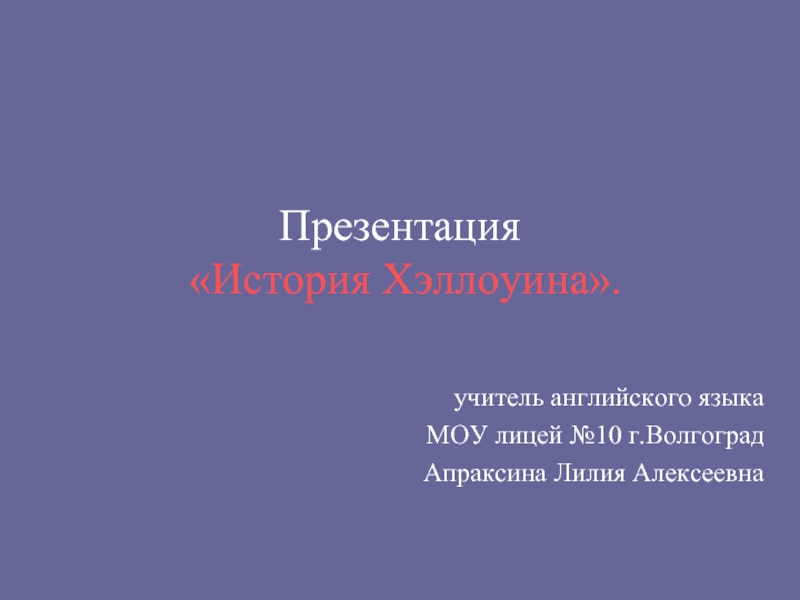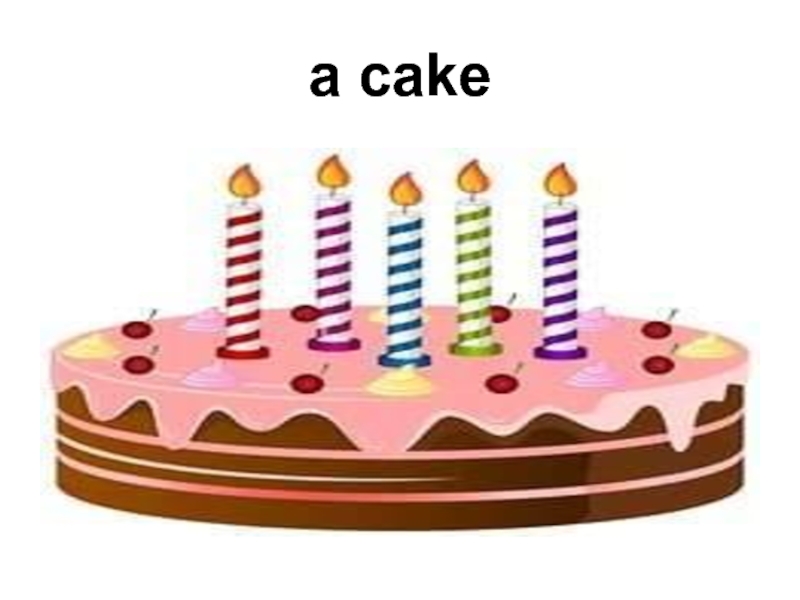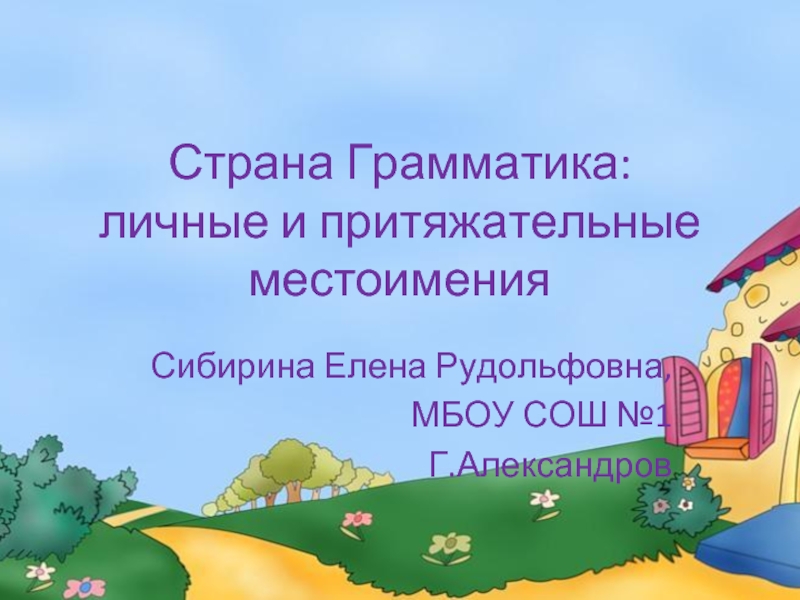arrival of the Roman Empire in the 1st century, the
Roman province of Britannia reached as far north as the Antonine Wall, which once ran from the Clyde to the Forth. To the north lay the territory of Caledonia, whose people were described as "Picti" in Latin, meaning ‘painted ones’. Due to constant incursions from these Picti the Roman legions would be forced back to Hadrian's Wall within 20 years of its construction, and forced to abandon the territory by the beginning of the 3rd century.According to 9th- and 10th-century literature, the Gaelic kingdom of Dál Riata was founded on the west coast of Scotland in the 6th century. In the following century, Irish missionary Columba founded a monastery on Iona and introduced the previously pagan Scottish to Celtic Christianity, and with less success the Picts of Pictland. King Nechtan of Pictland later chose to expel the Columban church in favour of the Roman, principally to restrict the influence of the Scoti on his kingdom and to avoid a war with Northumbri. In the same period Angles had conquered the previously Brythonic territory south of the Clyde and Forth, initially creating the Anglo Saxon kingdom of Bernicia, later becoming a part of the Kingdom of Northumbria. Towards the end of the 8th century all three kingdoms were raided, settled and to some extent came under Viking control. Successive defeats by the Norse forced the Picts and Scoti to cease their historic hostility to each other and unite in the 9th century, to form the Kingdom of Scotland.
